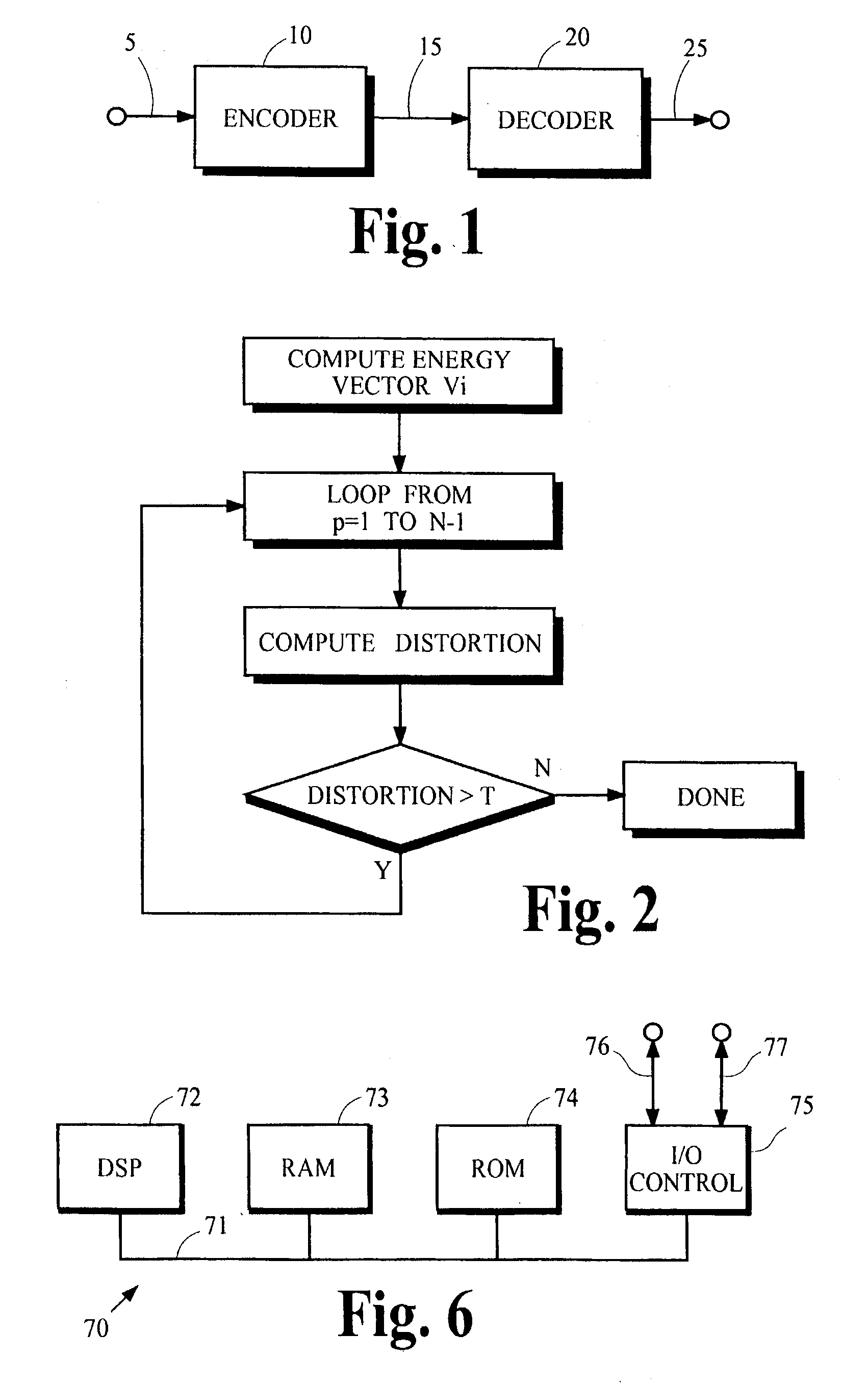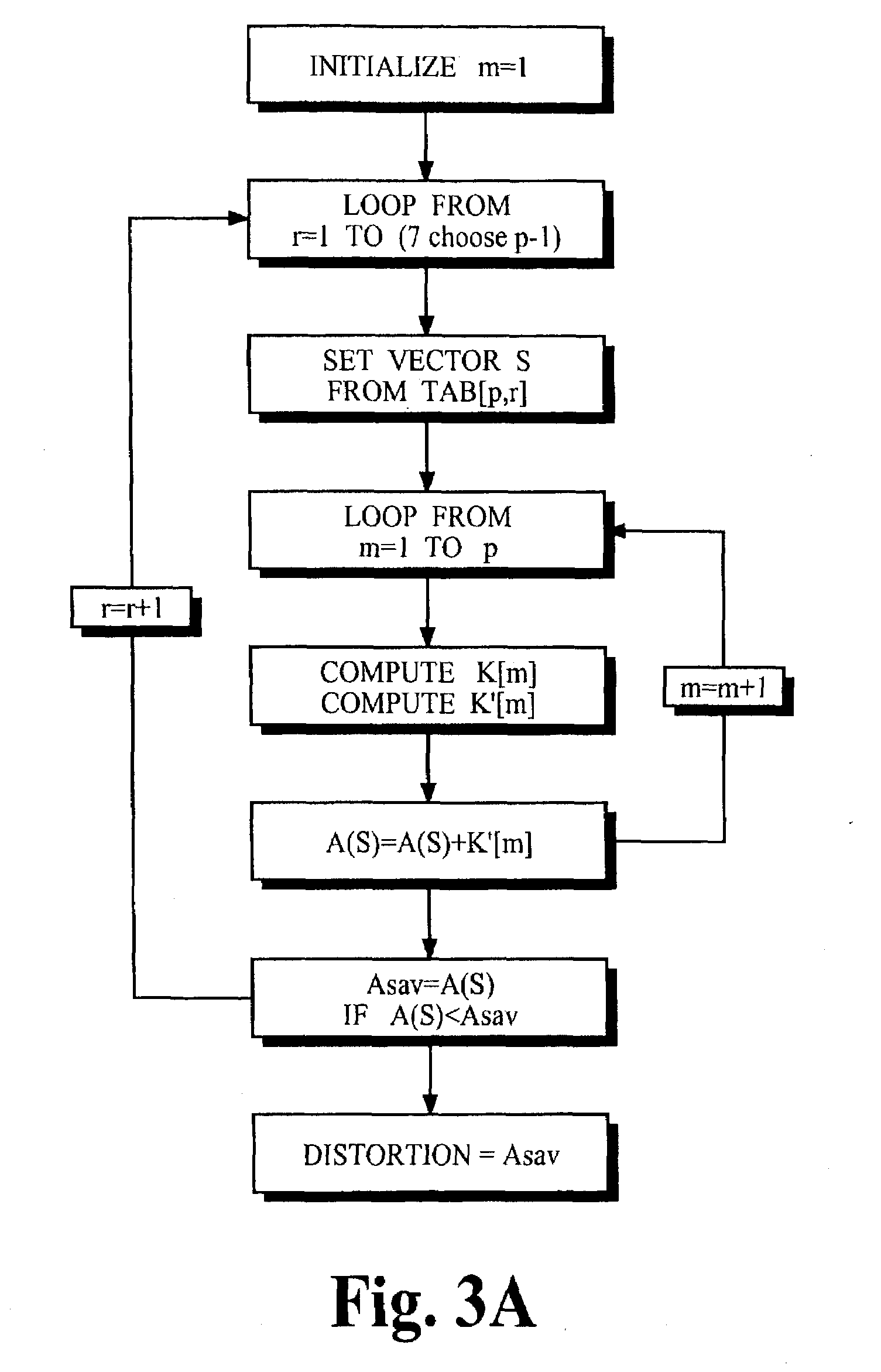Audio Coding Based on Block Grouping
a technology of audio coding and block grouping, applied in the field of audio coding based on block grouping, can solve the problems of severe data limit, limited bandwidth or space that is available for transmitting or recording encoded signals, and further reduce the amount of data that may be used to represent quantized signals. , to achieve the effect of optimizing signal processing performan
- Summary
- Abstract
- Description
- Claims
- Application Information
AI Technical Summary
Benefits of technology
Problems solved by technology
Method used
Image
Examples
Embodiment Construction
A. Introduction
[0017]FIG. 1 illustrates an audio coding system in which an encoder 10 receives from the path 5 one or more streams of audio information representing one or more channels of audio signals. The encoder 10 processes the streams of audio information to generate along the path 15 an encoded signal that may be transmitted or recorded. The encoded signal is subsequently received by the decoder 20, which processes the encoded signal to generate along the path 25 a replica of the audio information received from the path 5. The content of the replica may not be identical to the original audio information. If the encoder 10 uses a lossless encoding method to generate the encoded signal, the decoder 20 can in principle recover a replica that is identical to the original audio information streams. If the encoder 10 uses a lossy encoding technique such as perceptual coding, the content of the recovered replica generally is not identical to the content of the original stream but it...
PUM
 Login to View More
Login to View More Abstract
Description
Claims
Application Information
 Login to View More
Login to View More - R&D
- Intellectual Property
- Life Sciences
- Materials
- Tech Scout
- Unparalleled Data Quality
- Higher Quality Content
- 60% Fewer Hallucinations
Browse by: Latest US Patents, China's latest patents, Technical Efficacy Thesaurus, Application Domain, Technology Topic, Popular Technical Reports.
© 2025 PatSnap. All rights reserved.Legal|Privacy policy|Modern Slavery Act Transparency Statement|Sitemap|About US| Contact US: help@patsnap.com



